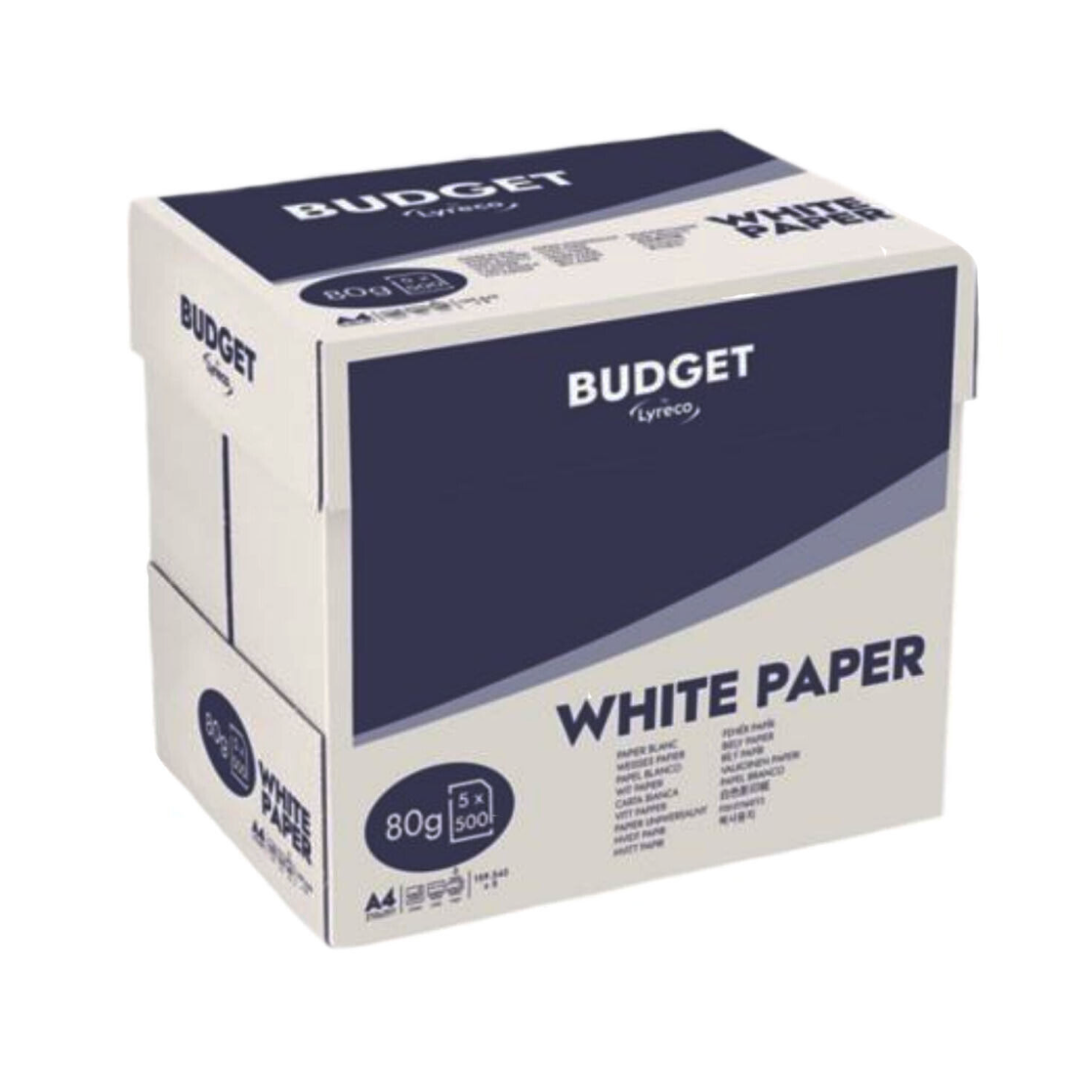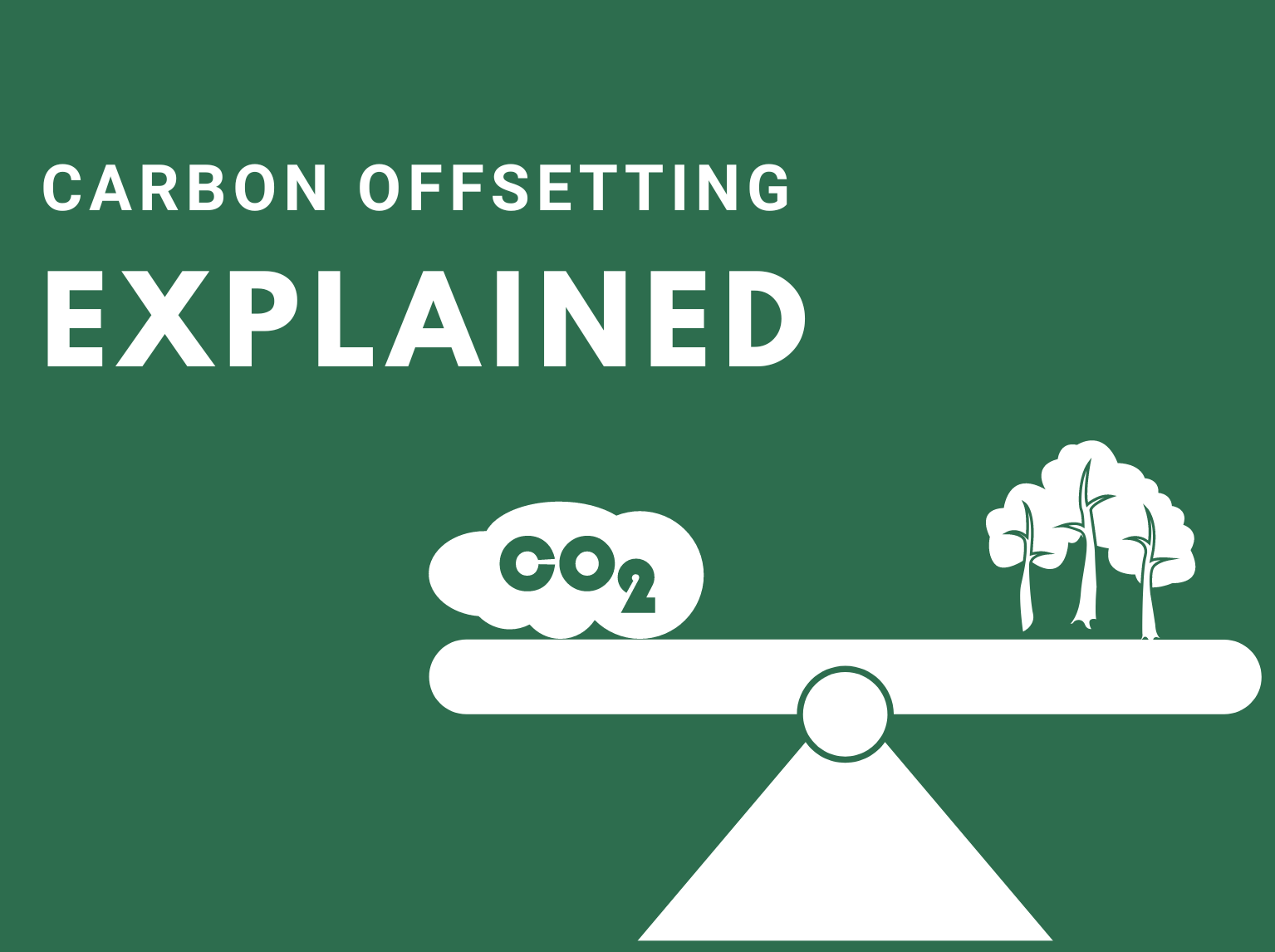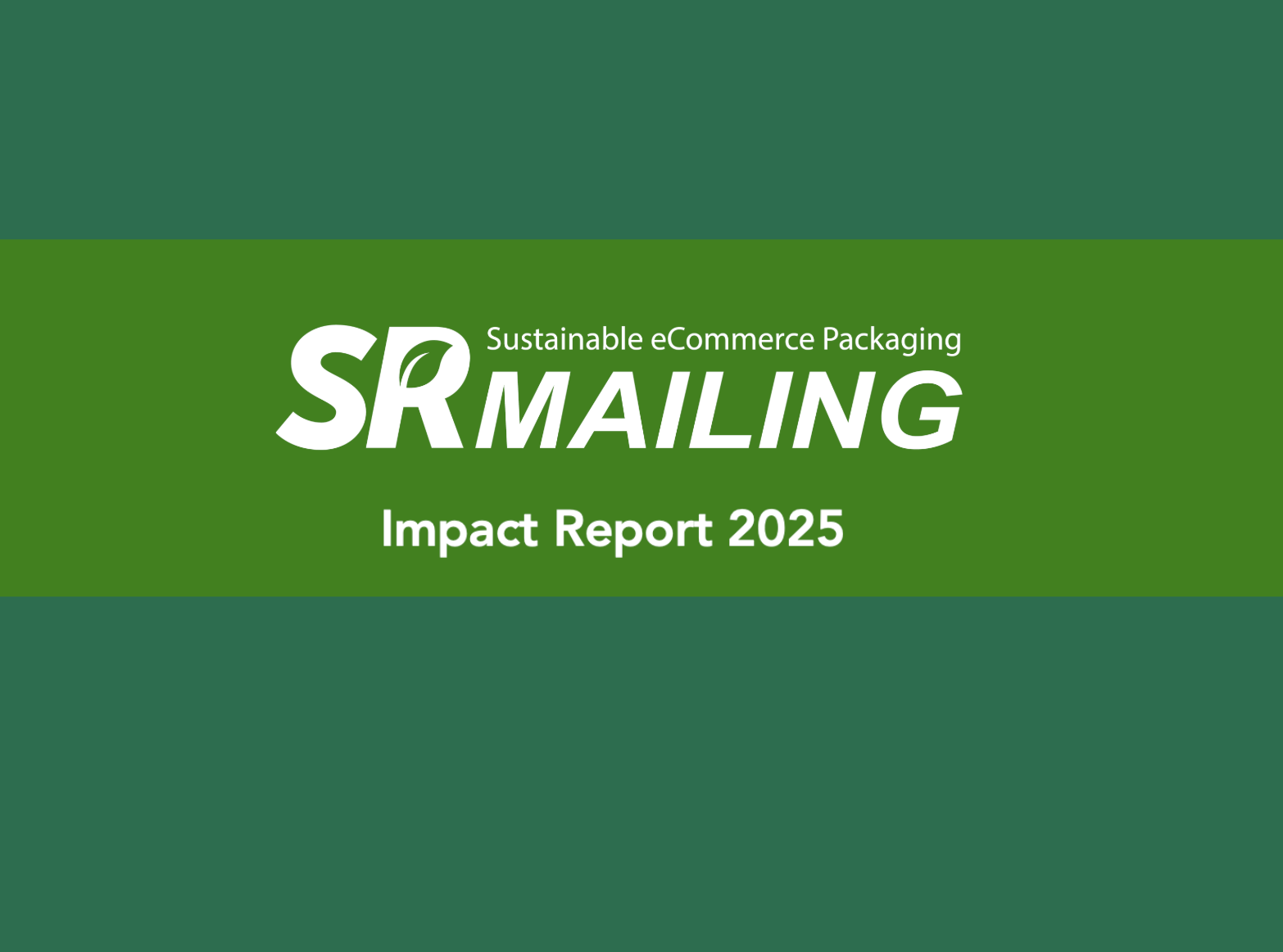
The concept of “carbon offsetting” has been thrown around across social media, news outlets, and businesses. But what exactly does it mean?
Carbon offsetting can be defined as: a method to compensate for your emissions by financially supporting projects that save an equivalent amount of carbon dioxide elsewhere. It serves as a means to balance one’s carbon emissions by contributing to emissions reductions in other areas of the world.
For businesses, offsetting is a great opportunity to help fund global environmental projects, all while "lowering" their own emissions and demonstrating commitment to environmental responsibility. On the other hand, it is important to note that carbon offsetting does not reduce emissions at the source, and is often used as a strategy to sidestep the necessary steps to reduce emissions.
Before considering offsetting, individuals and companies should first prioritise actions like: avoiding, reducing, or substituting before choosing offsetting.
| Avoiding emissions involves finding alternatives to activities like driving or flying. Instead of choosing an emissions heavy option such as flying, you could opt to take the train. |
| Reducing emissions involves finding eco-friendly products, such as m ore energy-efficient lighting. This could be as simple as switching to motion detection lights or LED bulbs to accrue savings over time and reduce emissions over an extended period. |
|
Substituting emissions involves something like a renewable energy tariff, where you pay your electric companies to match the units of electricity you used and put an equal amount from renewable energy back into the grid |
When none of these options are possible or practical, THEN you offset the rest. There is much controversy around carbon offsetting, particularly since the United Nation's declaration of achieving Net Zero by 2050. According to the UN Net Zero Coalition, science shows that to avert the worst impacts of climate change and keep a liveable planet, global temperature needs to be limited to 1.5° C above pre-industrial levels. To keep temperatures below this level (as called for in the UN Paris Agreement), emissions need to reach 45% reductions by 2030, and net zero by 2050.

To learn more about net zero, take a look at the UN Net Zero Coalition.
In the meantime, it is important to analyse brands who claim carbon neutrality or emissions reductions, and assess the legitimacy of their claims. This could simply be reading up on their sustainability disclosures and independently verifying their efforts to be achieving these goals.
Staying informed about updates from the United Nations is also important to identify businesses who are genuinely committed to meeting the Paris Agreement objectives. As we await legislation, informed consumer choices play a huge role on how businesses respond to the climate crisis and their emissions reduction strategies.




